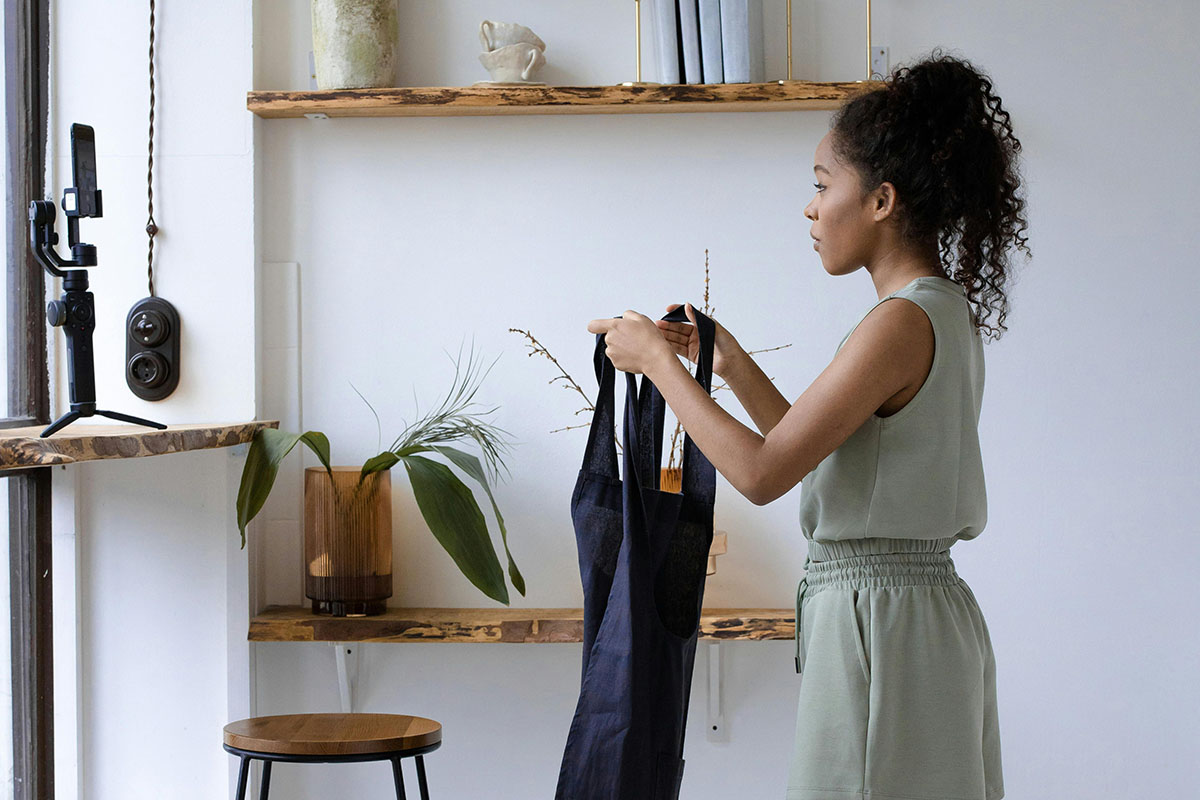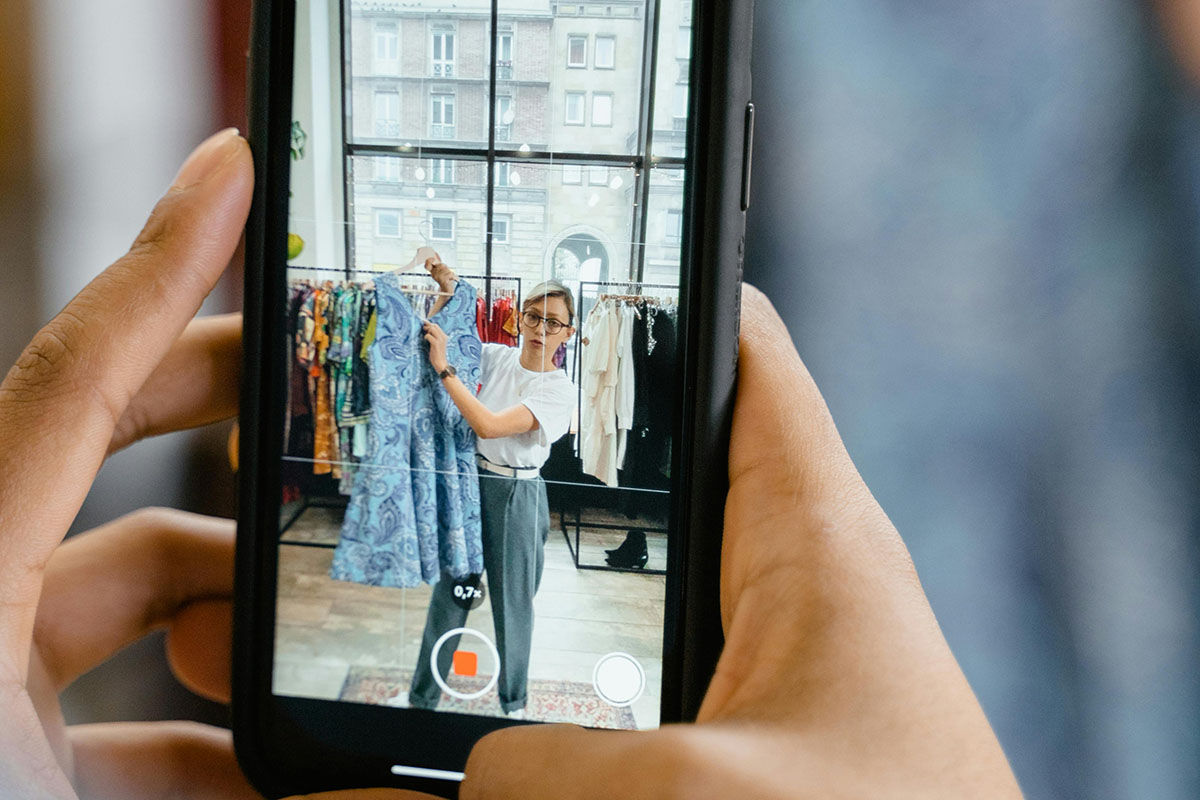share this article
Bloomingdale’s leveraged livestream retail throughout the pandemic, transforming static shopping into dynamic, interactive experiences. These events weren’t just about showcasing products—they fostered direct engagement, exclusive access, and real-time purchasing.
Today, livestream shopping has evolved from an experiment into a core retail strategy. It doesn’t replace brick-and-mortar; rather, it enhances customer engagement by integrating digital and physical touchpoints.
With U.S. livestream e-commerce sales projected to hit $68 billion by 2026, leading platforms like TikTok Live, Whatnot, and eBay Live are setting new standards. For brands, this isn’t just a trend—it’s an opportunity to drive sales, build community, and create seamless omnichannel experiences.
View this post on Instagram
The New Frontier of Retail Engagement
Retail success hinges on meeting customers where they engage most—whether in-store or online. Livestream retail isn’t just another channel; it’s a high-engagement, data-rich touchpoint that blends entertainment with commerce. In today’s digital-first world, livestream shopping offers brands a direct, interactive way to build real-time relationships, showcase products in action through live demonstrations, and create urgency with exclusive, time-sensitive offers. More than just another sales avenue, it is a powerful tool for driving both online conversions and in-store traffic, reinforcing an omnichannel strategy that strengthens brand loyalty and deepens customer engagement.
10 Emerging Retail Trends
Understand the other key factors impact retail and wholesale in 2025.
Why Livestream Retail Matters for Physical Stores
Livestream retail isn’t just an online sales tool—it actively shapes in-store behavior. With 83% of shoppers researching online before visiting a store, brands that leverage livestreaming effectively can influence purchasing decisions before customers even set foot in a physical location.
Retailers that integrate livestream shopping into their strategy can bridge digital and physical retail, using online events to drive store foot traffic and strengthen customer relationships long before an in-person visit. Beyond sales, livestreaming provides real-time consumer insights, helping brands refine merchandising strategies, experiential retail concepts, and store layouts. In the evolving retail landscape, success isn’t about choosing between digital and physical—it’s about orchestrating both in a way that maximizes customer engagement and long-term profitability.

Modern Livestream Shopping vs. Traditional TV Retail
The rise of livestream shopping may resemble the era of QVC and home shopping networks, but today’s version is more powerful, interactive, and omnichannel. Unlike traditional TV retail, modern livestream commerce offers:
- Direct audience engagement – Real-time chat, polls, and Q&A create a two-way conversation between brands and consumers.
- Omnichannel accessibility – Shoppers don’t need a TV; they can join via TikTok, Instagram, YouTube, or a brand’s website.
- Frictionless purchasing – Seamless, in-stream checkout options enable instant conversion with fewer abandoned carts.
“At the heart of livestream commerce is a simple yet powerful psychology: viewers tune in not just to buy products but to be part of a moment.”
– Hackernoon

The shift from passive viewing to active participation is what makes livestream retail a game-changer. Consumers trust influencers and brands they engage with in real time, transforming shopping from a transaction into an experience.
Where Livestream Shopping is Scaling the Fastest
Livestream shopping is growing rapidly, but not all platforms are equal. TikTok, Whatnot, and YouTube are leading the charge, each offering unique advantages for brands:
- TikTok – The undisputed leader in live shopping engagement. Since launching TikTok Live Shopping in 2021, the platform has rapidly scaled its e-commerce ecosystem. In November 2024, BK Beauty’s eight-hour live event shattered expectations, generating $100,000 in sales—five times its initial goal. With 40 million U.S. TikTok shoppers projected by 2026, brands that master TikTok Live gain a competitive edge.
- Whatnot – It’s the fastest-growing livestream shopping platform in the U.S. and initially popular in niche categories like collectibles and streetwear. Whatnot’s explosive success—$2 billion in 2024 sales—proves its potential across industries. With 175,000+ weekly livestream hours, Whatnot now outperforms QVC’s weekly broadcast hours by 800x.
- YouTube – With 2.7 billion users, YouTube dominates livestream video consumption. While 40% of retail shoppers have purchased products from YouTube livestreams, its real advantage is discoverability. As the second-largest search engine, YouTube helps brands drive long-tail engagement far beyond a single live event.
Retailers must match platform selection to audience behavior—leveraging TikTok for viral engagement, Whatnot for passionate communities, and YouTube for sustained visibility.

Integrate Livestream Shopping into Your Brand Strategy
Livestream retail isn’t a side project—it’s a scalable revenue channel that deepens brand-consumer relationships. Breaking into livestream shopping doesn’t require massive budgets, but it does require precision and strategic execution. Brands that succeed in this space aren’t just selling products; they’re building communities, driving engagement, and converting passive audiences into loyal customers.
One of the most effective ways to drive livestream success is through influencer partnerships. Collaborating with trusted creators—especially micro-influencers with highly engaged audiences—allows brands to tap into pre-existing trust and credibility. Choosing the right platform is just as critical. TikTok drives impulse purchases, Whatnot fosters high-intensity niche communities, and YouTube ensures long-term discoverability. Each platform serves a different purpose, making it essential for brands to align their strategy with audience behaviors.
Beyond partnerships and platforms, brands must prioritize engagement over hard selling. The most impactful livestreams feel organic and interactive, incorporating live Q&A, behind-the-scenes content, and exclusive promotions that create urgency and excitement. Finally, livestream shopping should be an extension of a broader omnichannel strategy—used not just to drive online sales, but to increase store visits, build brand loyalty, and strengthen the overall retail ecosystem.

The Future of Livestream Retail
Whether consumers shop in-store, online, or through livestreams, every touchpoint shapes their perception of a brand. Success will depend on the ability to blend entertainment with commerce, leverage real-time engagement, and build seamless omnichannel experiences that drive both online and in-store transactions.
The next wave of retail isn’t about choosing between physical and digital—it’s about orchestrating both to create deeper customer relationships, maximize lifetime value, and drive sustained growth.
The future of retail is about creating immersive, real-time experiences that drive engagement and sales. Livestream shopping is revolutionizing how brands connect with consumers, blending entertainment with commerce to shape the next era of retail.
Learn how livestream retail fits into the bigger picture of emerging trends shaping the industry. Download our exclusive report, Emerging Retail Trends 2025, and discover the strategies leading brands are using to stay ahead.














